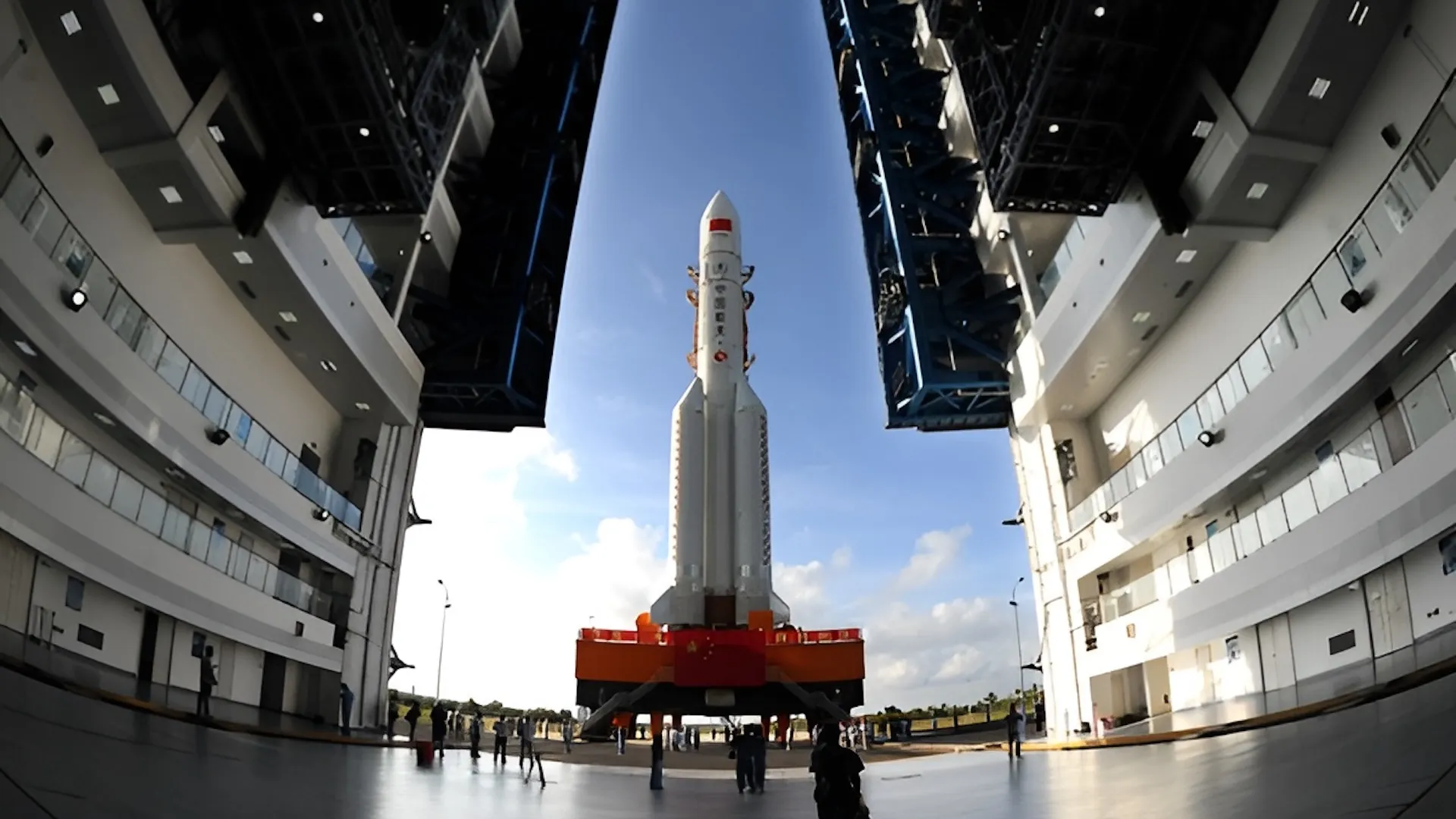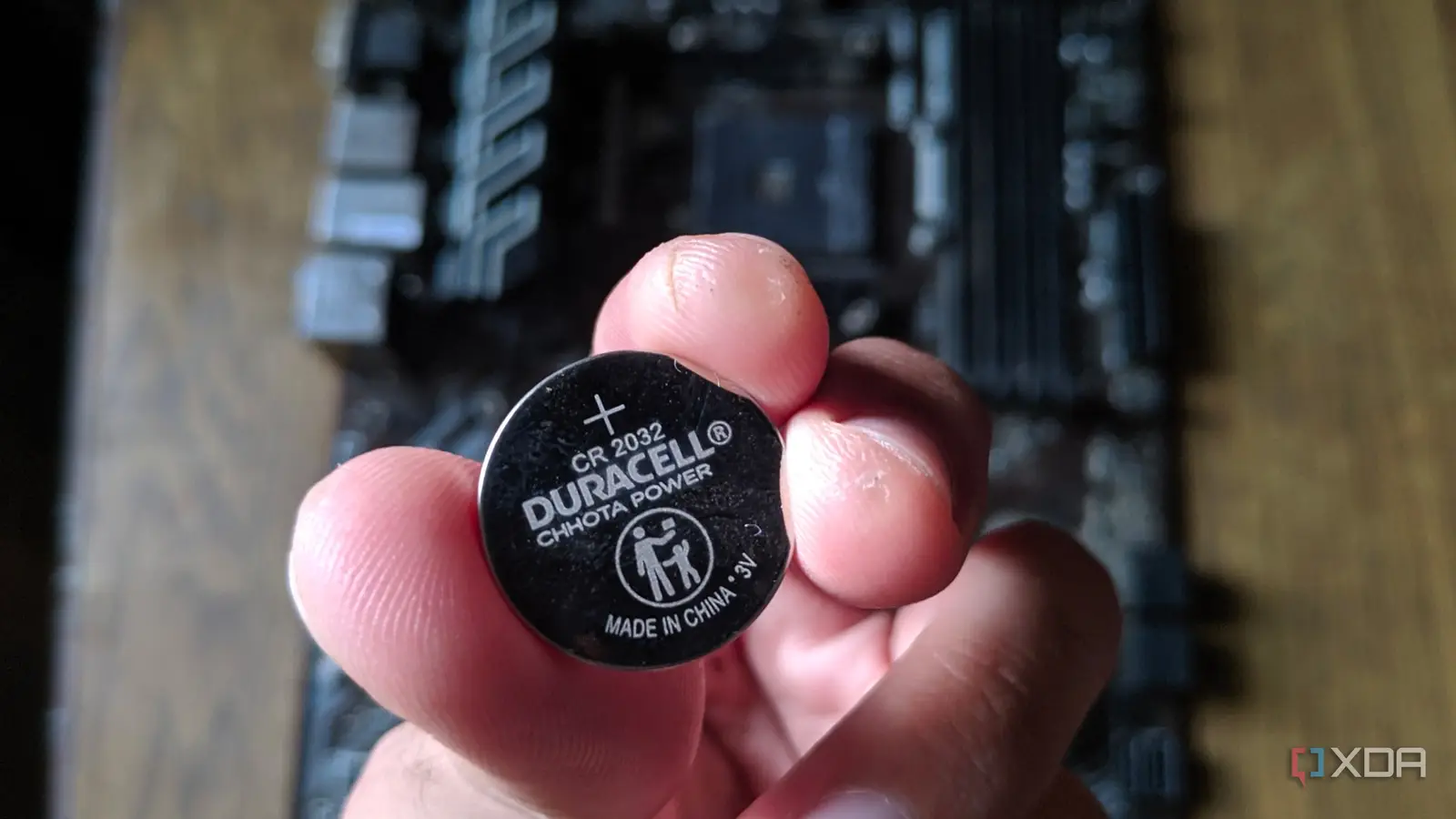
Scientists in China claim the country is transitioning into a revolutionary new era of aerospace manufacturing.
According to a report from the South China Morning Post (SCMP), the new form of manufacturing will produce rockets and satellites as efficiently as auto plants make cars.
This new method, which requires vast structural reform across the nation’s aerospace industry, is known as “final assembly pull”. It is inspired by lean manufacturing principles utilized in the automotive industry.
China wants to scale its space industry manufacturing capabilities to compete with the US. In 2024, the US launched 158 missions to orbit, most of which were flown by SpaceX. China, meanwhile, completed 68 orbital launches.
Scaling China’s space industry manufacturing
Due to the growing economic impact of space operations, scalable, efficient manufacturing systems are required. According to the SCMP post, global space activity is set to continue to grow at a dramatic pace – by 2045, orbital launches are estimated to reach 170,000 tons of payloads annually.
China’s new “first assembly pull” system aims to mass-produce satellite and rocket parts at a lower cost while maintaining quality standards.
Traditionally, aerospace production has leveraged a “push” system. This means components are manufactured based on launch forecasts and schedules. This has often led to delays and inventory pile-ups.
The “pull” system adopts a more flexible approach. Japanese automaker Toyota pioneered the method with its Toyota Production System in the mid-20th century, which became the foundation for lean manufacturing globally. Rather than pushing parts through the pipeline based on requirement forecasts, final assembly pulls components from suppliers only when needed.
The components are strictly sourced in the required quantity, reducing waste. The method cuts down on time spent managing and moving excess stock. It also reduces manufacturing bottlenecks, allowing for faster manufacturing times overall.
China’s space industry is now applying a similar method to rocket and satellite manufacturing. “From final assembly to subsystem assembly and components to raw materials, each stage is triggered only when the downstream stage signals a need,” the SCMP report explains.
A coordinated national strategy
The new system will greatly impact how China’s space industry operates. It will leverage state-owned enterprises, research institutes, and private suppliers in a coordinated national strategy.
In a July paper detailing the new system, China Aerospace Science and Technology Corporation (CASC) chief information officer Wang Guoqing wrote: “It represents a systemic and disruptive transformation of existing manufacturing models.”
Instead of fixed, one-size-fits-all production lines, China is adopting modular, flexible assembly systems. Smart assembly centers use AI and robotics to reconfigure workflows when needed dynamically.
A collaborative digital platform, meanwhile, connects different labs, suppliers, and factories, even across security-classified networks. This “digital pull board” gives managers a live overview of the supply chain. Overall, the system enables an integrated approach to create a more agile and flexible supply chain for China’s space industry. Satellite mega-constellations like Guowang, Qianfan, and Hongtu-3 will greatly improve China’s ability to challenge SpaceX’s orbital dominance.



